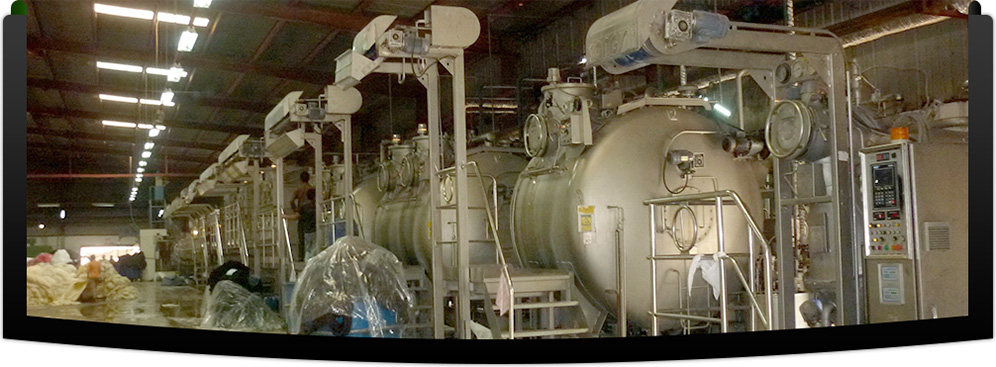ISO 9000, ISO/TS 16949, ISO 14000
ISO 9000
ISO 9000 is a family of standards for quality management systems. ISO 9000 is maintained by ISO, the International Organization for Standardization and is administered by accreditation and certification bodies. The rules are updated, as the requirements motivate changes over time.
Some of the requirements in ISO 9001:2008 (which is one of the standards in the ISO 9000 family) include,
-
A set of procedures that cover all key processes in the business;
-
Monitoring processes to ensure they are effective;
-
Keeping adequate records;
-
Checking output for defects, with appropriate and corrective action where necessary;
-
Regularly reviewing individual processes and the quality system itself for effectiveness;
-
Facilitating continual improvement
A company or organization that has been independently audited and certified to be in compliance to ISO 9001 may publicly state that it is "ISO 9001 certified" or "ISO 9001 registered". Certification to an ISO 9001 standard does not guarantee any quality of end products and services; rather, it certifies that formalized business processes are being applied.
Although the standards originated in manufacturing, they are now employed across several types of organizations. A "product", in ISO vocabulary, means a physical object, services, or software.
- Quality Management System
- Management Responsibility
- Resource Management
- Product Realization
- Measurement, Analysis and Improvement
ISO 14000
The ISO 14000 is a standard for environmental management systems that is applicable to any business, regardless of size, location or income. The aim of the standard is to reduce the pollution and waste.
The ISO 14000 environmental management standards exist to help organizations minimize how their operations negatively affect the environment. Its structure is similar to ISO 9000 quality management and both can be implemented side by side. In order for an organization to be awarded an ISO 14001 certificate, they must be externally audited by an audit body that has been accredited by an accreditation body.
ISO 14000 consists of,
- ISO 14001 Environmental management systems—Requirements with guidance for use
- ISO 14004 Environmental management systems—General guidelines on principles, systems and support techniques
- ISO 14015 Environmental assessment of sites and organizations
- ISO 14020 series (14020 to 14025) Environmental labels and declarations
- ISO 14031 Environmental performance evaluation—Guidelines
- ISO 14040 series (14040 to 14049), Life Cycle Assessment, LCA, discusses pre-production planning and environment goal setting.
- ISO 14050 terms and definitions.
- ISO 14062 discusses making improvements to environmental impact goals.
- ISO 14063 Environmental communication—Guidelines and examples
ISO 19011 which specifies one audit protocol for both 14000 and 9000 series standards together. This replaces ISO 14011 meta-evaluation—how to tell if your intended regulatory tools worked. 19011 is now the only recommended way to determine this.

 Customer Login
Customer Login









